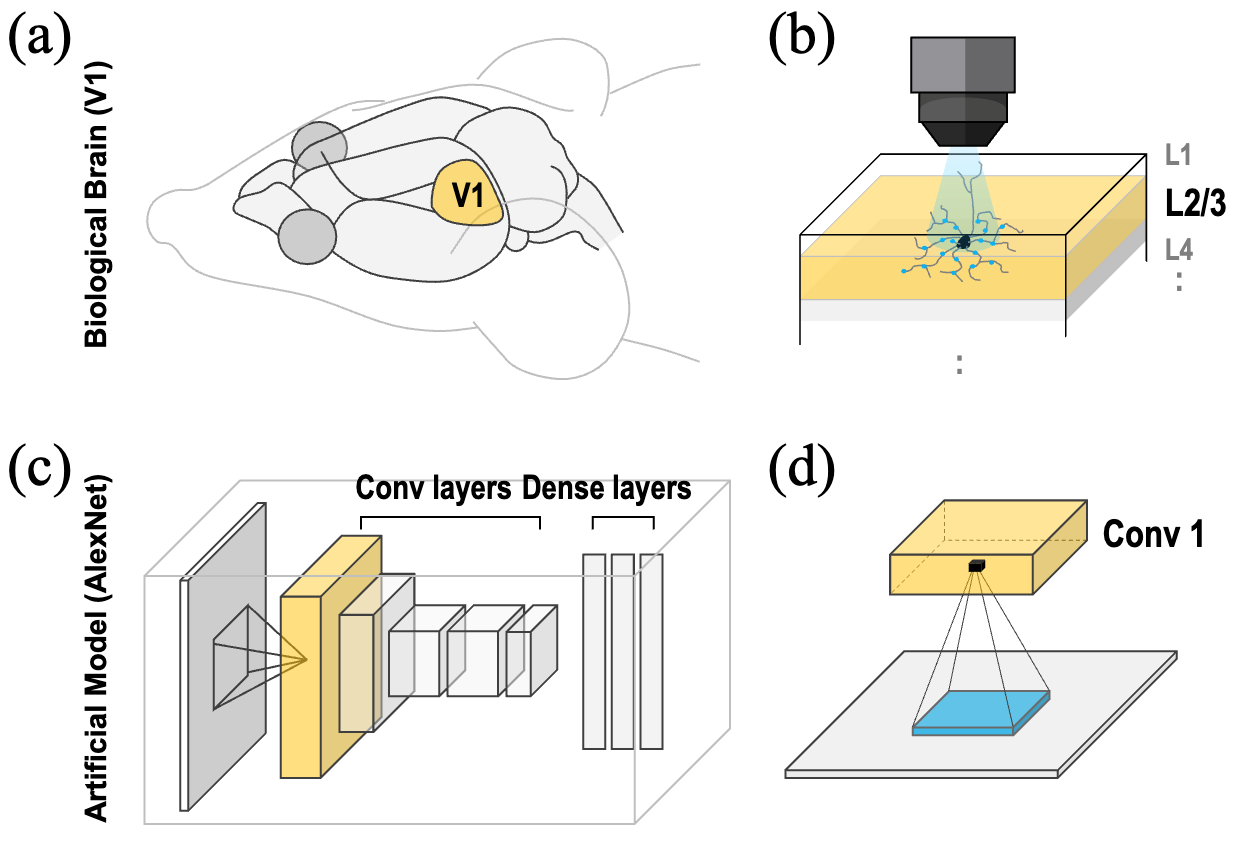2025-04-16 中国科学院(CAS)
<関連情報>
- https://english.cas.cn/newsroom/research_news/earth/202504/t20250418_1041523.shtml
- https://www.sciencedirect.com/science/article/abs/pii/S0098300425000706
地質学的知識に制約されたテキストの実体・関係抽出法: 花崗岩ペグマタイト型リチウム鉱床の事例研究 A geological knowledge-constrained entity and relation extraction method for text: A case study of granitic pegmatite-type lithium deposits
Jintao Tao, Nannan Zhang, Jinyu Chang, Li Chen, Hao Zhang, Shibin Liao, Siyuan Li, Jianpeng Jing
Computers & Geosciences Available online: 20 March 2025
DOI:https://doi.org/10.1016/j.cageo.2025.105920
Highlights
- Propose a geological knowledge-constrained entity and relation extraction method.
- Design a geological schema comprising 22 entity types, 16 relationships, and 184 knowledge rules.
- Construct a geological entity-relation extraction dataset for granitic pegmatite-type lithium deposits.
Abstract
Geological text data contain rich and valuable information about geological environments and mineral deposits. The automated extraction of geological information from these unstructured texts is crucial for constructing geological knowledge graphs and facilitating knowledge discovery. Numerous studies have introduced methods for geological entity and relation extraction from different perspectives. Although many of these studies effectively utilize geological ontologies or schemas for data labeling, fewer have explicitly examined how these frameworks can constrain and improve the information extraction process. In this study, we propose a Geological Knowledge-constrained Entity and Relation Extraction (GKERE) method that incorporates a geological schema to enhance the extraction process. The GKERE method uses the Robustly Optimize Bidirectional Encoder Representation from Transformers Pre-training Approach to generate character embeddings from geological sentences. It begins with a span-based named entity recognition model to identify entities, then generates entity pairs and predicts their relationships using the geological schema. The schema helps filter out redundant entity pairs and provides information about the types of head/tail entities and their possible relationships, guiding the relation extraction step. To validate the method, we conducted a case study on granitic pegmatite-type lithium deposits. A geological schema was designed, comprising 22 entity types, 16 relationships, and 184 knowledge rules. An entity-relation extraction dataset was then constructed using 68 geological journal articles and four mineral exploration reports. The proposed GKERE method achieves an impressive F1-score of 75.82 % on this dataset, outperforming several baseline models. Results show that the GKERE method significantly enhances geological entity and relation extraction. The introduction of the geological schema not only accelerates computation but also improves model accuracy, making this approach effective for extracting geological information from large-scale textual data and promoting geological knowledge discovery.




